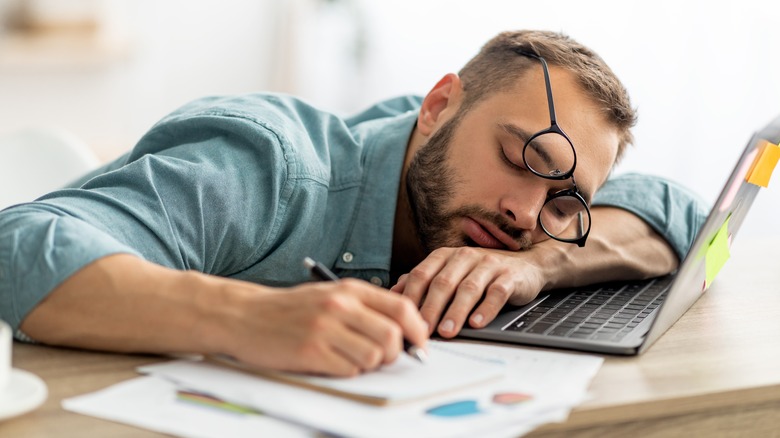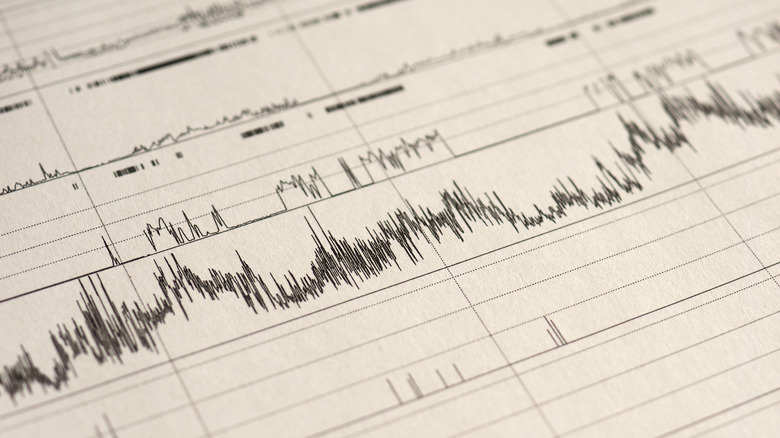What Is Idiopathic Hypersomnia And How Is It Diagnosed?
It's no secret that sleep plays an essential role in the lives of humans and other living creatures. In fact, the National Institute of Neurological Disorders and Stroke (NINDS) reports that humans spend approximately one-third of their lives sleeping. If the average person lives until 75 years of age, he or she will spend about 25 of those years asleep.
Even more surprising is the fact that some people with certain sleep disorders can spend even more of their time in a sleep state. For example, one of the most commonly known sleep disorders associated with chronic sleepiness is narcolepsy. According to Harvard Medical School, narcolepsy is a neurological disorder that disrupts a person's regulation of sleep, which may cause them to fall asleep easily during the day.
You may not have heard about idiopathic hypersomnia, which is another sleep disorder linked to excessive sleep. The Mayo Clinic shares that idiopathic hypersomnia is an uncommon condition. Those with idiopathic hypersomnia feel extreme tiredness throughout the day, even after having sufficient sleep the night before. They may experience difficulty waking up, as they still feel tired. Because of this, they may sleep through large chunks of the day, up to 10 hours or more (per Stanford Medicine). Although current research on the condition is scarce, researchers suspect that it can occur from a brain abnormality such as lower levels of histamine in the brain. Brain damage and low-grade unknown infections may also play a part in developing the condition.
How idiopathic hypersomnia is diagnosed
If you are experiencing symptoms of idiopathic hypersomnia or another sleep disorder, it's a good idea to discuss what you are experiencing with your primary doctor. There are a few different tests that doctors can use to diagnose idiopathic hypersomnia, explains the Mayo Clinic. Initially, you may be asked to rate your levels of sleepiness with an Epworth Sleepiness Scale, or to keep a sleep diary to track your daily sleep-wake schedule. According to WebMD, a doctor will often examine your answers to these tests before suggesting that other tests be done. After that, your doctor may recommend that you undergo an overnight sleep study, also known as a polysomnogram. A polysomnogram is able to monitor your brain wave activity, eye movements, heart rate and oxygen levels in your blood while sleeping.
Additionally, WebMD shares that you might then have a Multiple Sleep Latency Test (MLST) after your overnight sleep study. The MLST is administered to measure how long it takes for you to fall asleep during the day. Normally, you will be asked to have approximately five naps in a controlled environment. These naps will then be followed by a two-hour period of awakening. According to Stanford Medicine, this test can also determine the amount of time it takes to enter Rapid Eye Movement (REM) sleep. During this test, those diagnosed with idiopathic hypersomnia may have a mean sleep latency of under 8 minutes and achieve REM sleep in no more than one nap.


